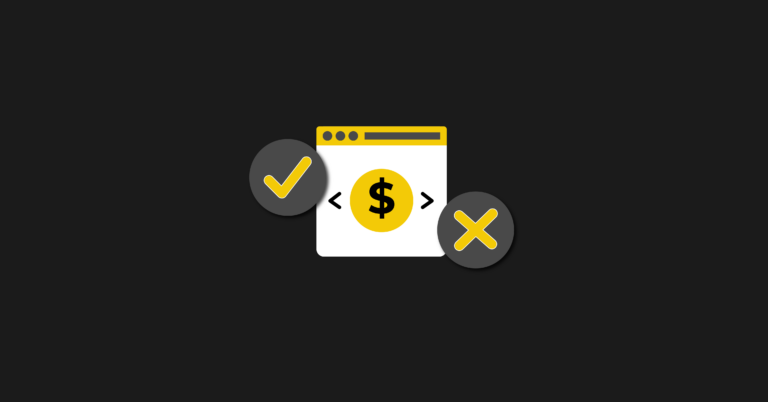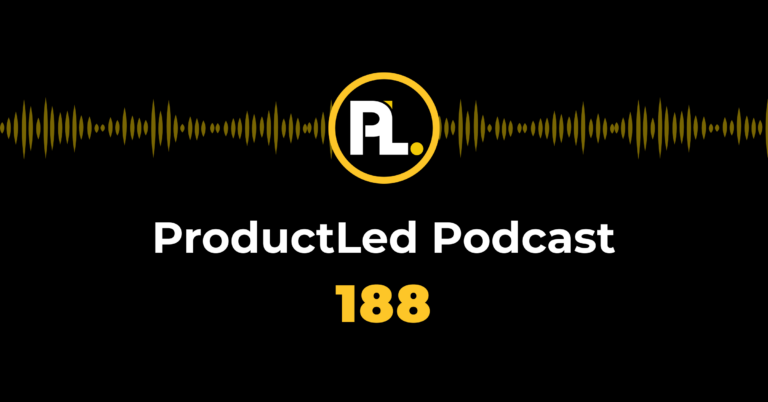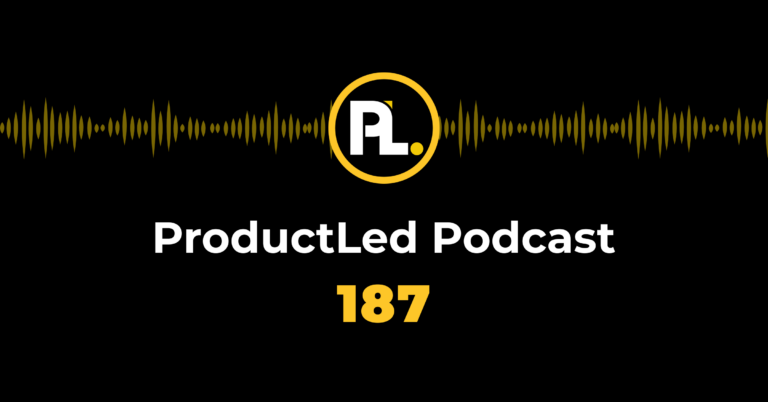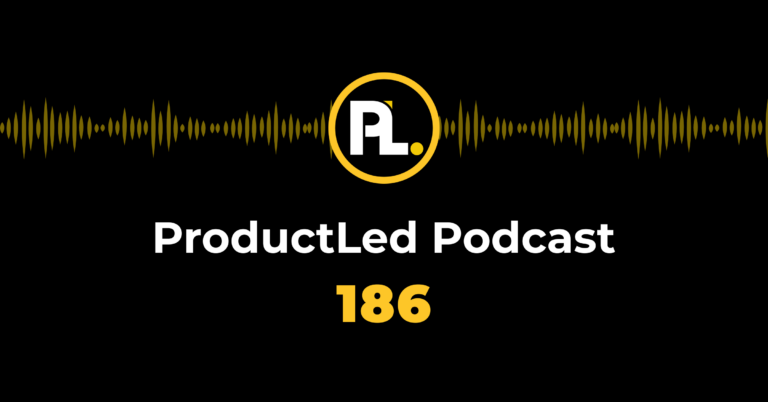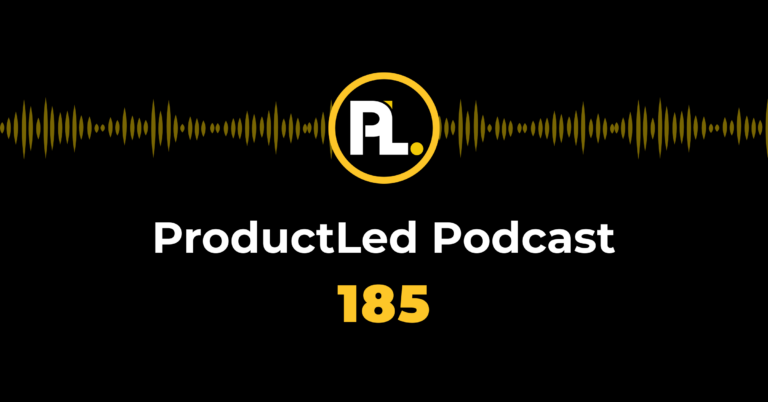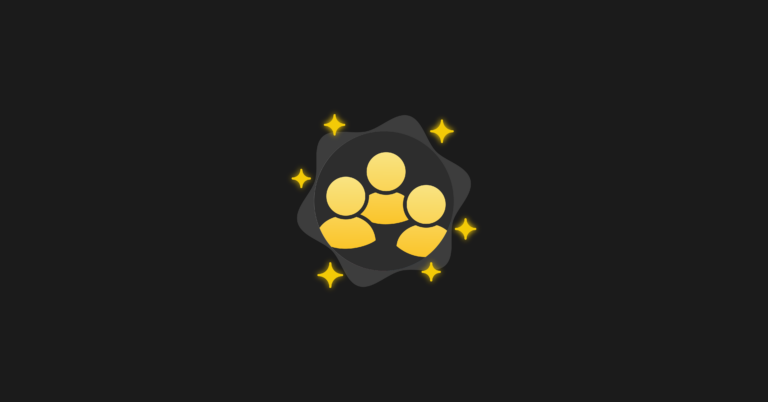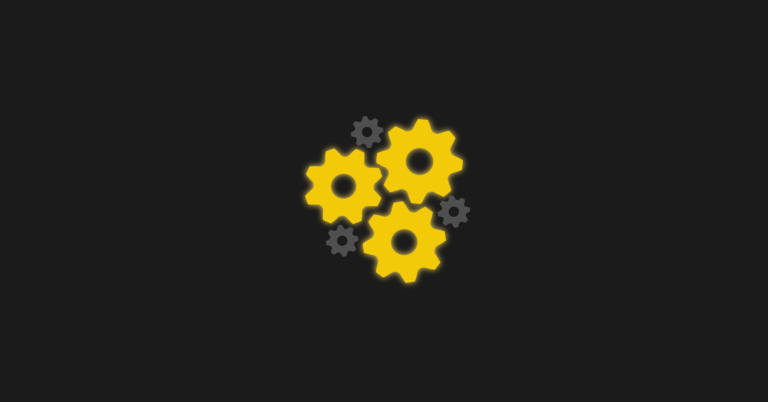If you are wondering how to grow a SaaS business, here’s one of the first questions to answer: will you employ a product-led strategy, sales-led strategy, or a mix of both?
As the co-CEOs of Jane — a practice management software for health and wellness practitioners — we’ve found that being product-led doesn’t mean you’re automatically anti-sales. The two can work together, in harmony, to help you reach your seven-figure goal.
In this article, we’ll share how Jane has grown to seven figures without a free trial, freemium experience, or Sales team. Instead, our strategy lies in putting the user at the heart of everything we do.
Product-Led Growth vs. Sales-Led Growth
Product-led growth is a strategy that uses your product as the primary force behind acquiring, activating, and retaining customers. When your product provides a good user experience, you don’t need a salesperson to move the prospect through the pipeline.
On the other hand, sales-led growth is a strategy that uses a Sales rep or your Sales team and their processes to drive conversions and business growth. In a sales-led company, the Sales team is the driving force for acquisition, retention, and other stages of the customer funnel.
Many SaaS companies believe they have to go all in with either product-led or sales-led. They don’t consider a hybrid model that combines the best of both worlds.
What Is the Hybrid Model?
The key to successfully combining sales-led and product-led models is to ensure they’re designed with the other in mind.
For example, if you build your product from the ground up to be product-led, don’t muddy the waters by throwing a salesperson into the mix. Instead, let the product do the talking and only introduce a traditional sales process if a transaction stalls.
On the flip side, there are instances in which a sales-led model takes precedence. A prime example is if you’re selling to enterprise customers. Since an enterprise customer has multiple users and unique needs, you need a salesperson to walk the prospect through the process, answer their questions, and keep them engaged.
Why Everyone Is a Product Person in a Product-Led Company
At Jane, we take on a mixture of both.
We don’t have a Sales team. There are no account reps. There’s no Onboarding team. Everything we do comes through our Customer Support team.
This is the single team responsible for onboarding customers, showing them how the product works, answering their questions, and keeping them happy.
Every employee is essentially a product person.
In our view, everyone from the top down in a product-led company is (or should be) a product person.
An Emphasis on the Customer
From day one, we’ve talked about our level of commitment to our customers. Everything we do is based on what’s best for our customers and how we can provide them with a product that makes their life easier.
In exchange, we’re looking for a strong commitment from our customers from the get-go. We don’t want just anyone using our product.
We want the right people to use our product.
We don’t offer a free trial or freemium experience. Users can, however, easily book a demo online, and it’s a very transparent booking process.
This isn’t the right approach for every SaaS business, but it works for Jane as a product. It’s not an add-on software that you use today, put away for a few days, and revisit when you have spare time.
Customers really need to dive in headfirst to get the full experience. So, instead of using a free trial or freemium model to get people interested, we highly emphasize the level of customer service we provide.
This level of customer service has allowed us to forgo a free trial.
We offer high-touch onboarding, but it’s not required. Customers can onboard autonomously and at their own pace. But when they have questions, there’s the free phone, email, and live chat support.
How to Prioritize Customers: An Example
Let’s take a look at one of the many ways we’ve done this.
We have a large Customer Support team. We call them Product Specialists. As our customer base grows, we make difficult decisions about how to best support new and existing customers.
Rather than breaking up the Customer Support team by steps in the user journey, we decided to segment by location or discipline of the practitioner; this allows a singular, smaller team to stay with a new customer from initial contact through everyday use.
For example, we have an American team for practitioners in the United States. A Canadian team for practitioners in Canada and so on. We also have teams for specialties, such as mental health.
Every time a customer contacts Jane, we want them to know they’re speaking with someone who knows the product and their specific market, like the back of their hand.
How to Design Your Organizational Structure and Scale Your Team
By now, you know one thing to be true: every person who works for your SaaS business should have a product-led mindset. That’s why we made the conscious decision to refer to our customer support employees as product specialists.
The same holds for Marketing, Engineering, and other departments.
Marketing, for example, fits into the “Content team” umbrella at Jane. They create content and generate interest powered by Jane’s core values of being helpful. Nothing we do is a typical marketing effort, but we get away with it because we’ve worked so hard on incredible product fit and service.
Our Engineering structure is similar to our Customer Support structure. We broke up our engineering team into feature-based pods or small teams that manage a specific product, project, or feature. Currently, we have roughly 10 pods that own a different part of Jane’s feature set. This allows them to obsess over that one part, nothing else.
They own it completely.
Are You Ready to Become the Next 7-Figure SaaS Success Story?
A sound understanding of product-led growth, sales-led growth, and how to marry the two will put you on the right track to growing your SaaS business.
But that’s just the start.
There’s always more to learn, and there’s nothing better than first-hand experience. Launch your product, experiment, and track every last result. And, of course, don’t be shy about taking cues from our success at Jane.
Even if it’s a slow and steady climb, there’s nothing more exciting than watching your SaaS business grow to five figures, six figures, seven figures, and maybe even beyond.

